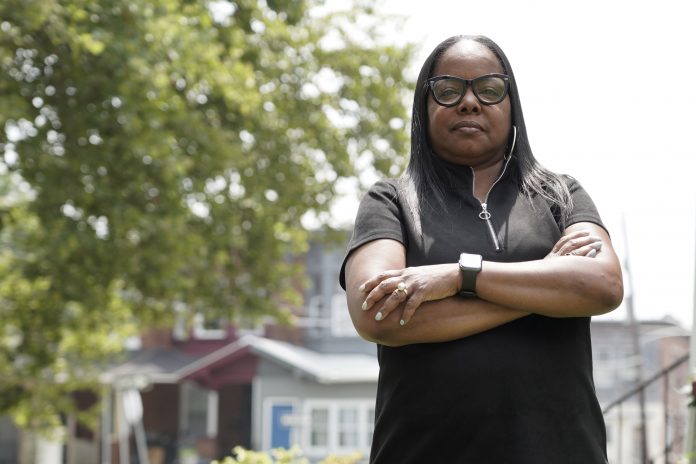HARRISBURG, PA. (AP) — Rhonda Hicks could have kept working into her 60s. She loved teaching and loved her students in Philadelphia’s public schools. As a Black woman, she took pride in being a role model for many children of color.
But other aspects of the job deteriorated, such as growing demands from administrators over what and how to teach. And when she retires in a few weeks, she will join a disproportionately high number of Black and Hispanic teachers in her state who are leaving the profession.
“I enjoy actually teach-ing; that part I’ve always enjoyed,” said Hicks, 59. “Sometimes it’s a little stressful. Sometimes the kids can be difficult. But it’s the higher-ups: ‘Do it this way or don’t do it at all.'”
Teachers are leaving jobs in growing numbers, state reports show. The turnover, in some cases, is highest among teachers of color. A major culprit: stress — from pandemic-era burnout, low pay, and the intrusion of politics into classrooms. But the burdens can be heavier in schools serving high-poverty communities that also have higher numbers of teachers of color.
In Philadelphia, a city with one of the highest concentrations of Black residents in the U.S.–the proportion of Black teachers has been sliding. Two decades ago, it was about one-third. Last fall, it fell to below 23%, according to district figures.
In the school buildings where Hicks taught, most teachers were white. She said she and other teachers of color were expected to give more of themselves in a district where half the students are Black.
“A lot of times when you see teachers that are saving Black and brown kids on TV, it’s always the white ones,” Hicks said. “There are Black teachers and Hispanic teachers out there that do the same thing in real life, all the time.”
Nationally, about 80% of American public school teachers are white, even though white students no longer represent a majority in public schools. Having teachers who reflect the race of their students is important, researchers say, to provide students with role models who have insight into their culture and life experience.
The departures are undoing some recent success that schools have had in bringing on more Black and Hispanic teachers. Turnover is higher among newer teachers. And researchers have found that teachers of color, who tend to have less seniority, often are affected disproportionately by layoffs.
In Pennsylvania, Black teachers were more than twice as likely to leave the profession as white teachers after the 2021- 22 school year, according to a data analysis by Ed Fuller, an education professor at Penn State. His- panic and multiracial teachers had a similar ratio of around twice as likely.
Black and Hispanic teachers are more likely to be uncertified or teaching in an underfunded district, all of which is associated with someone leaving the profession at a higher rate, Fuller said.
“They’re in more precarious teaching positions, meaning you’re in a position with fewer resources and worse working conditions, so you’re more likely to quit no matter who you are,” Fuller said.
Sharif El-Mekki, a former Philadelphia teacher who leads the Center for Black Educator Development, said schools around the country come to him seeking help recruiting teachers of color. But they don’t have plans to retain them, such as providing opportunities to help shape policies and curricula.
To address the problem, schools can start by ensuring students of color have better experiences ,…
Thank you for reading MARC LEVY article on scoopnewsusa.com. For more on “More teachers are quitting their jobs. Educators of color often are more likely to leave“, please subscribe to SCOOP USA Media. Print subscriptions are $75 and online subscriptions (Print, Digital, and VIZION) are $90. (52 weeks / 1 year).


